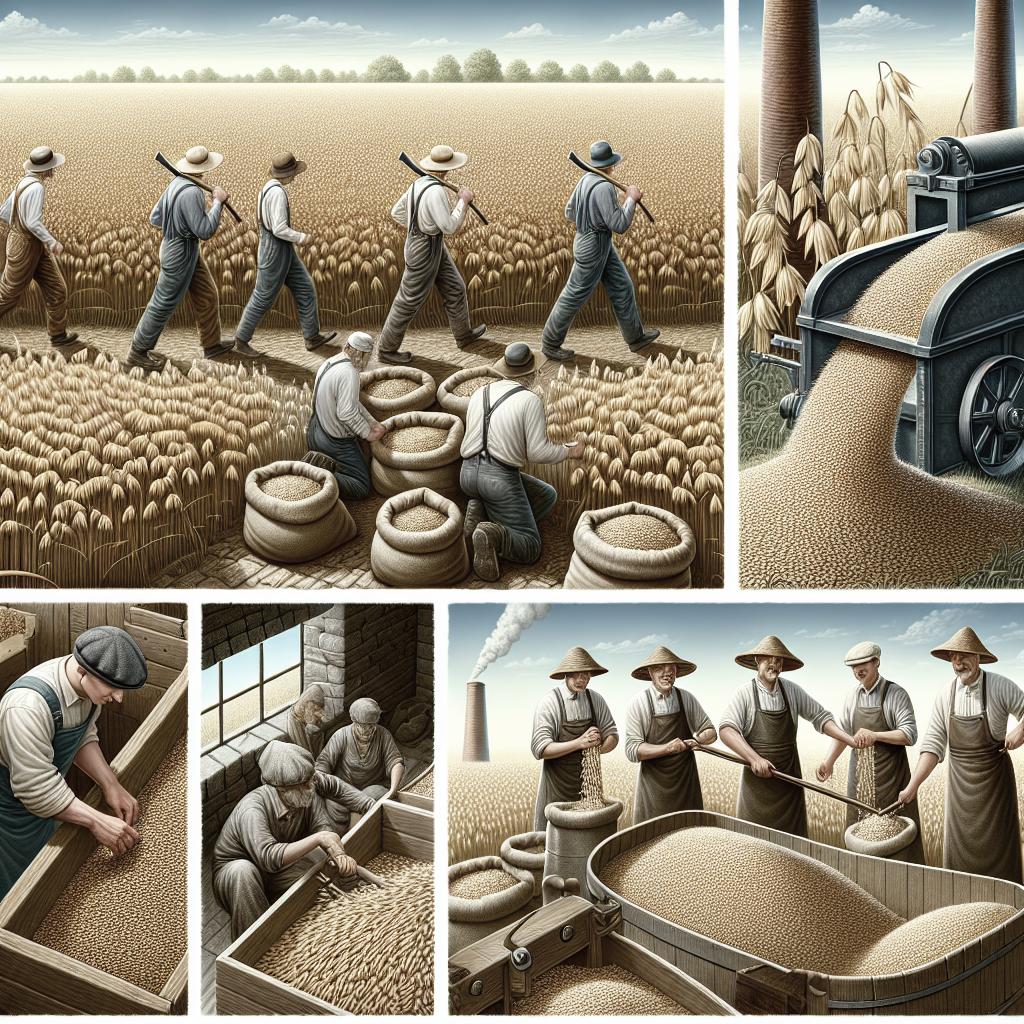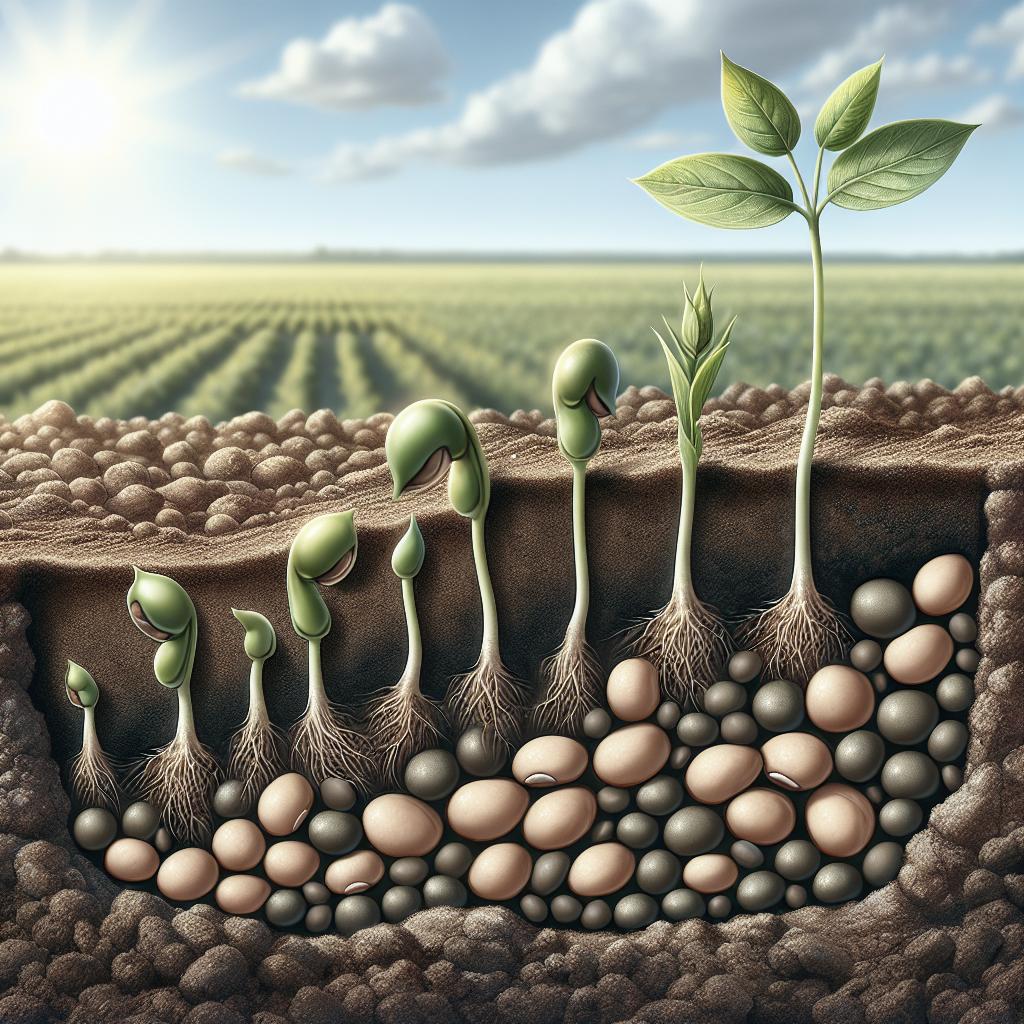How Long Does it Take a Tree to Grow
Understanding how long it takes a tree to grow is both a fascinating and complex topic. Trees progress through several growth stages, each influenced by various factors. This article will delve into the stages of tree growth, explore the factors that affect this process, provide tips on how to foster faster growth, and discuss the potential downsides of rapid growth. Additionally, we’ll highlight five trees that grow quickly and offer professional tree care advice. Read on to gain a comprehensive understanding of this marvel of nature.
Tree Growth Stages
1: Seed Germination
Seed germination is the initial stage of a tree’s life cycle. During this stage, the seed absorbs water, swells, and breaks through its seed coat. Germination can take anywhere from a few days to several weeks, depending on the tree species and environmental conditions. The tiny root, known as a radicle, emerges first, anchoring the seedling firmly in the soil.
The germination process is highly sensitive to water, temperature, and light conditions. While some tree species require specific temperature ranges to break dormancy, others depend on exposure to light. Ensuring optimal conditions during this stage is crucial for the successful establishment of the seedling.
2: Seedling and Sapling Stage
Once germinated, the tree enters the seedling stage. During this period, the tree focuses on establishing a strong root system and growing its initial leaves. Seedlings are sensitive to environmental factors and competition from other plants. This stage can last from a few months to several years, depending on the species.
As the tree continues to grow, it transitions into the sapling stage, generally characterized by a height of 3 to 10 feet. During this phase, the tree further strengthens its trunk and branches, preparing itself for the challenges of maturation. The sapling stage usually spans several years, with growth rates varying between species and conditions.
Mature or Fruit-Bearing Tree
The mature stage is when the tree has reached its full height and begins to bear fruit or flowers. For most tree species, maturity can take anywhere from 20 to 30 years. However, some species, like oak trees, may take even longer, while others, like the fast-growing poplars, may mature in as little as a decade.
During the mature stage, the tree’s growth rate slows significantly as it puts more energy into reproduction. Fruit-bearing can vary greatly among species; some trees bear fruit annually, while others do so sporadically. Maintenance and care remain vital to ensure the longevity and health of a mature tree.
Factors that Affect Tree Growth
Numerous factors influence tree growth, including soil quality, water availability, light exposure, and overall climate. Soil rich in nutrients support robust root development and overall growth. Trees also need adequate and consistent water and light for photosynthesis, which is integral to their growth.
External factors such as pests, diseases, and human activities can also significantly impact trees. Trees in urban areas may face additional challenges from pollution and limited rooting space. Understanding these factors allows for better tree care and management, ensuring sustained growth.
How to Make Trees Grow Faster?
To encourage faster tree growth, there are several strategies you can implement. First, selecting tree species that are naturally fast-growing is beneficial. Young trees should be planted in nutrient-rich soils and adequately watered, especially during their early years.
Applying mulch around the tree base can help maintain moisture levels and protect young roots. Additionally, periodic fertilization, pruning, and pest control can enhance growth. Consistent monitoring and care throughout the tree’s life stages are essential for promoting faster growth.
The Cons of Quick Growth
While faster growth might seem desirable, it is not without drawbacks. Rapidly growing trees often develop weaker wood structures, making them more susceptible to damage from wind and storms. This can result in increased maintenance costs and potential hazards.
Fast-growing trees also tend to have shorter lifespans compared to slower-growing counterparts. Such trees may require more intense management and early replacement, leading to long-term challenges for landscapers and property owners. Therefore, balancing growth rates with overall tree health is crucial.
Five Trees That Grow Fast to Plant in Your Yard
If you’re looking for trees that establish quickly, consider the following options. The Hybrid Poplar is a favorite for its incredible growth rate, sometimes reaching upwards of 8 feet per year. Similarly, the Norway Maple, known for its resilience and adaptability, grows fast and provides ample shade.
The Weeping Willow offers both rapid growth and aesthetic appeal, while the Red Maple is an ideal choice for those seeking vibrant fall colors. Finally, the Leyland Cypress, popular for privacy screens, grows quickly and forms dense barriers. Each of these selections provides unique benefits and rapid establishment in various landscapes.
Need Tree Care? We’re here for You
Ensuring the health and vitality of your trees is essential for maintaining a beautiful and environmentally friendly landscape. Professional tree care services can offer expert advice and assistance tailored to your specific needs. From planting and pruning to pest control and disease management, reliable tree care can help your trees thrive.
Whether you’re planning a new landscaping project or maintaining an existing one, consider consulting with experts to optimize tree growth and health. Their expertise can save you time, effort, and resources, ensuring that your trees remain a valuable and enduring part of your property.
Next Steps
| Topic | Summary |
|---|---|
| Seed Germination | This initial stage involves the seed absorbing water and breaking through the seed coat. Optimal conditions are crucial for successful germination. |
| Seedling and Sapling Stage | Tree focuses on establishing a strong root system; this stage lasts from months to several years, transitioning from seedling to sapling. |
| Mature or Fruit-Bearing Tree | Tree reaches full height and begins to bear fruit or flowers, usually taking 20-30 years. Growth rate slows significantly. |
| Factors that Affect Tree Growth | Soil quality, water availability, light exposure and climate. External factors like pests and human activities also play a role. |
| How to Make Trees Grow Faster? | Select fast-growing species, ensure nutrient-rich soil and adequate water, mulch application, periodic fertilization, pruning, and pest control. |
| The Cons of Quick Growth | Rapid growth can lead to weaker wood structures, making trees more susceptible to damage and leading to increased maintenance. |
| Five Trees That Grow Fast to Plant in Your Yard | Hybrid Poplar, Norway Maple, Weeping Willow, Red Maple, and Leyland Cypress are fast-growing species with unique benefits. |
| Need Tree Care? | Professional tree care services offer expert advice and assistance, ensuring the health and vitality of your trees. |


